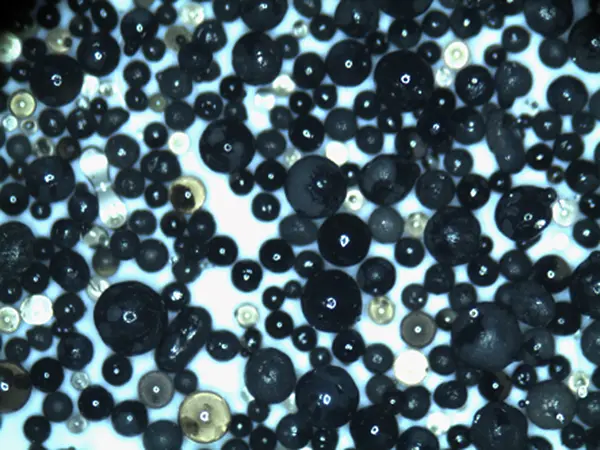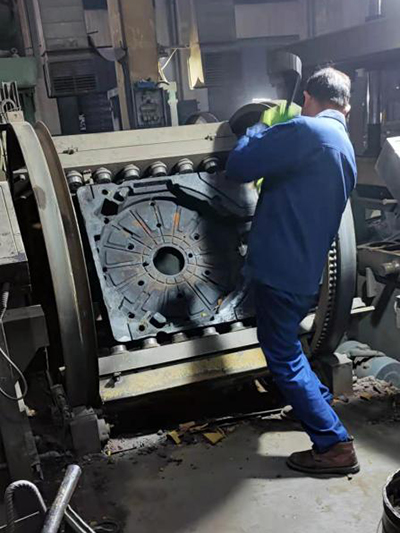

The pouring of molten metal is a critical stage requiring experience and precision. Metal is melted in a furnace until it reaches a specific temperature, ensuring it is fully molten and flows easily. The molten metal is then carefully poured into the prepared mold cavity, taking care to maintain a steady and controlled pour to avoid introducing any impurities or causing air pockets. Once the metal cools and solidifies—a process that can vary significantly depending on the type of metal and the size of the casting—the sand mold is broken away to reveal the rough casting. At this point, expertise in material handling becomes evident. Safety protocols must be strictly followed to protect workers from potential hazards such as burns and exposure to harmful fumes. The finishing process involves cleaning and polishing the casting to remove any excess material known as flash. The finishing stages can significantly affect the final product’s appearance and functionality, requiring a high level of craftsmanship and technical know-how. Additionally, inspections are conducted to ensure that the casting meets the desired specifications, both in terms of dimensional accuracy and material integrity. In the field of industrial manufacturing, sand casting remains a reliable and cost-effective method for producing metal components. Its adaptability to various metal types and casting sizes only adds to its appeal. As reinforced by authoritative literature on the topic, mastering sand casting can lead to robust, high-quality products that meet the needs of diverse industries ranging from automotive to aerospace. In conclusion, sand casting is a complex process that marries traditional practices with modern technological insights. It calls for a blend of skills, including precision in pattern design and craftsmanship in mold preparation, coupled with a deep understanding of metallurgy and safety standards. By adhering to tried-and-true practices while embracing innovation, manufacturers can leverage sand casting to produce superior products that adhere to both commercial and industrial demands. Post time:ก.พ. . 14, 2025 23:53
Next:describe sand casting
